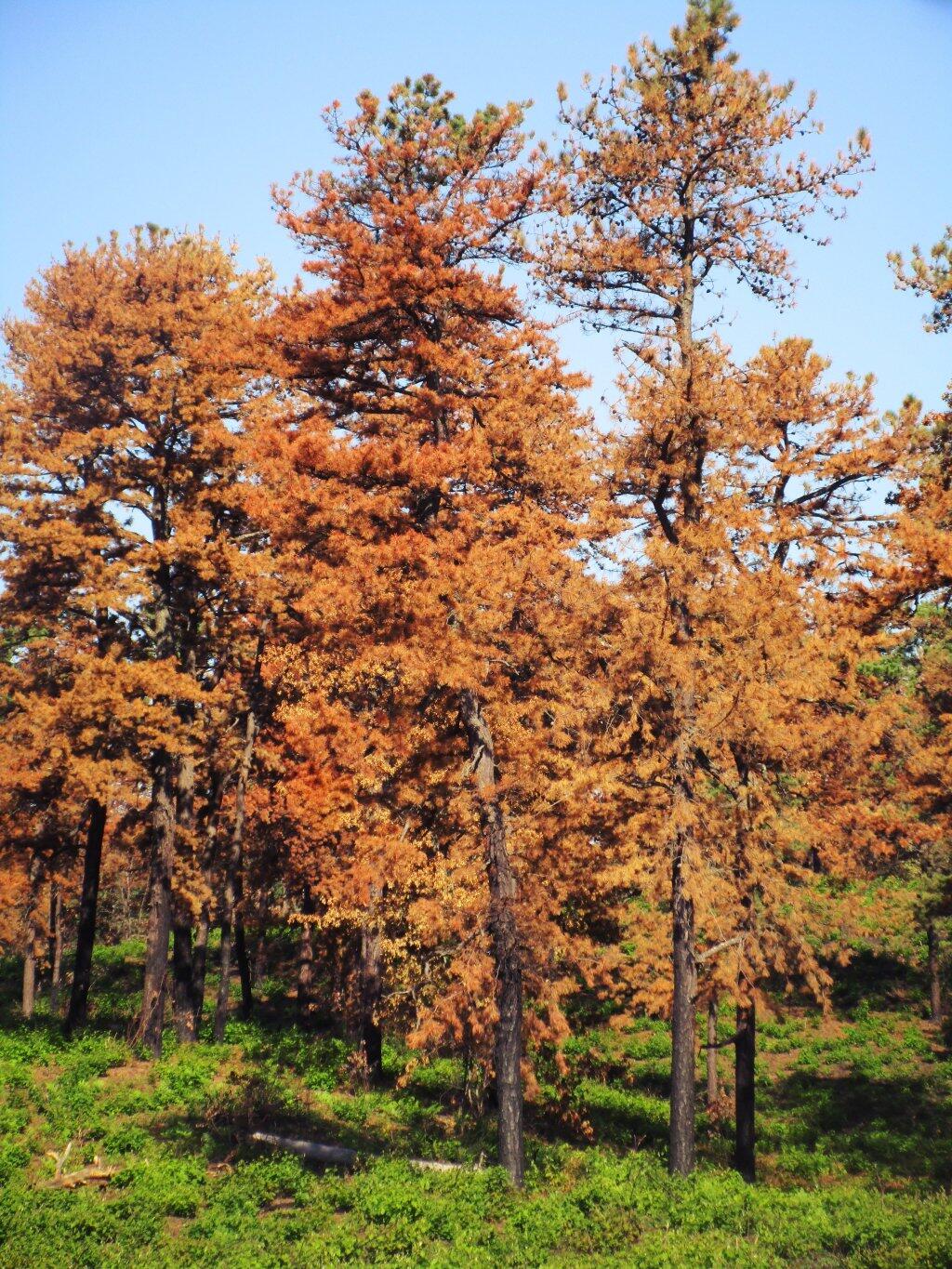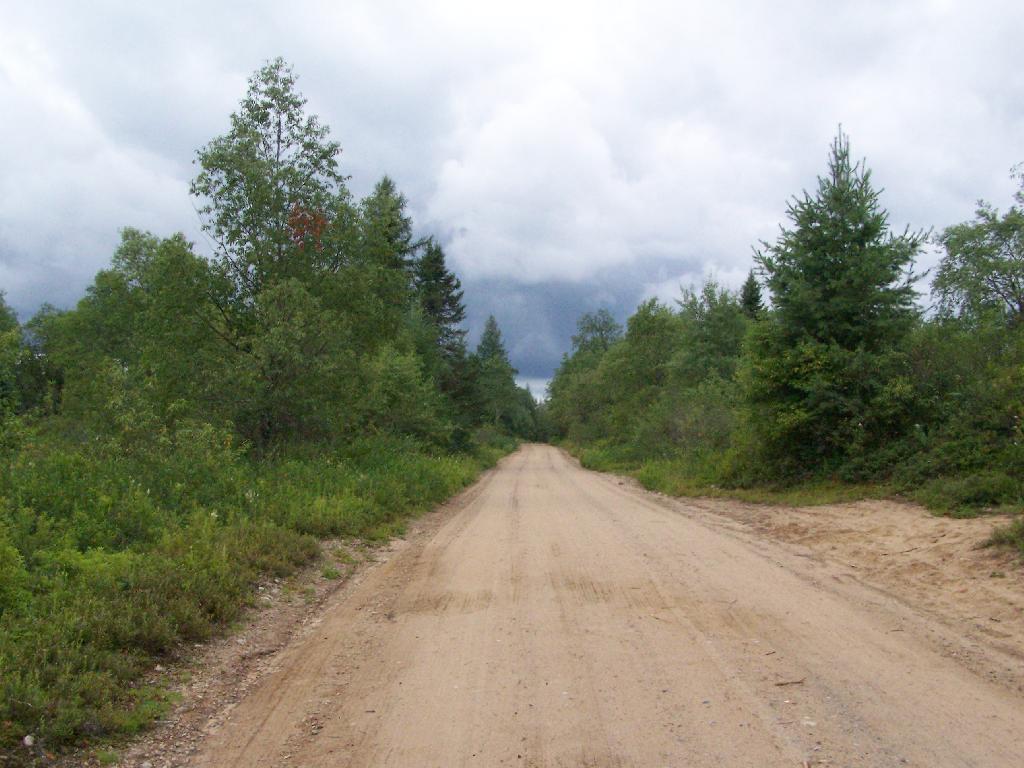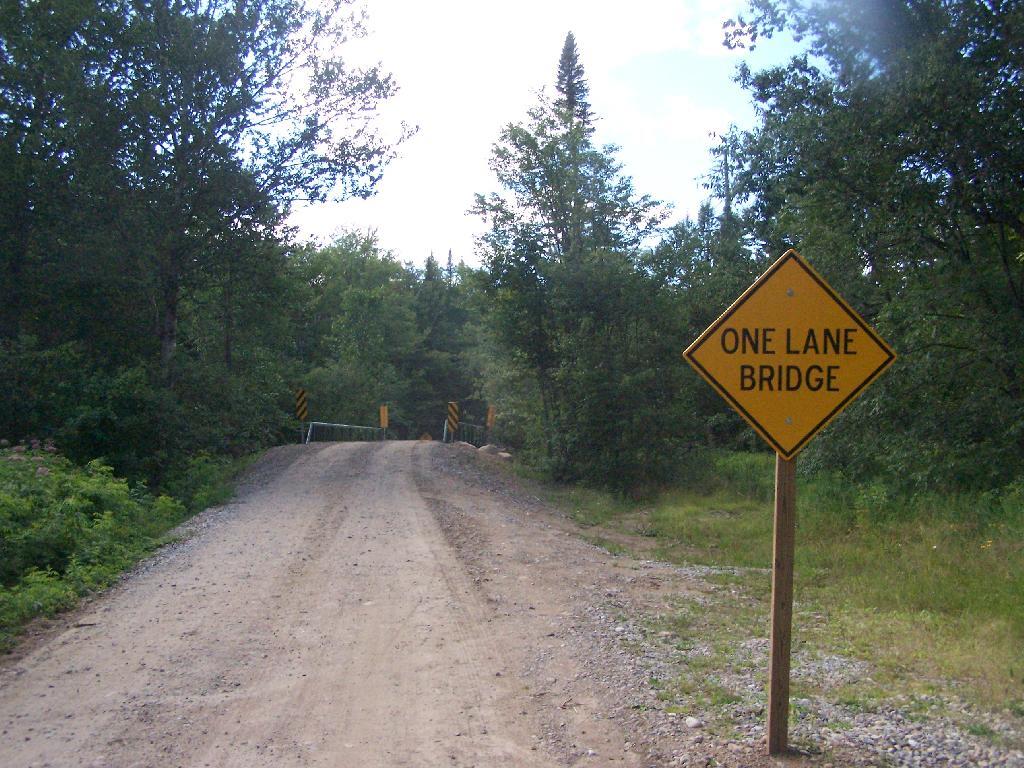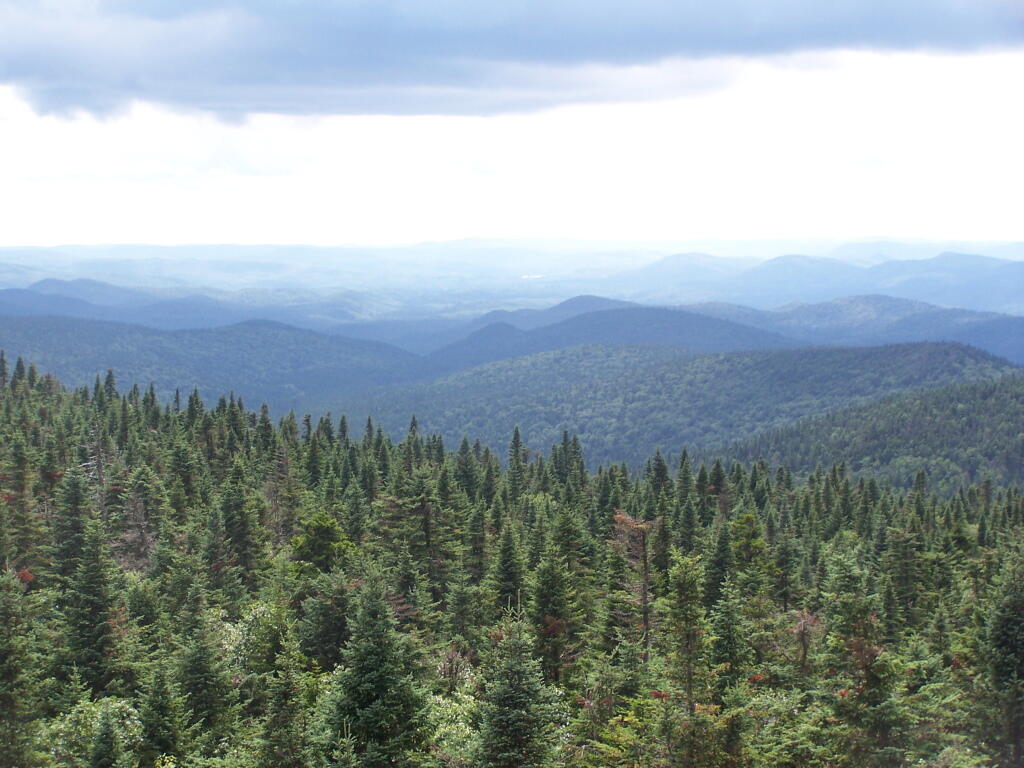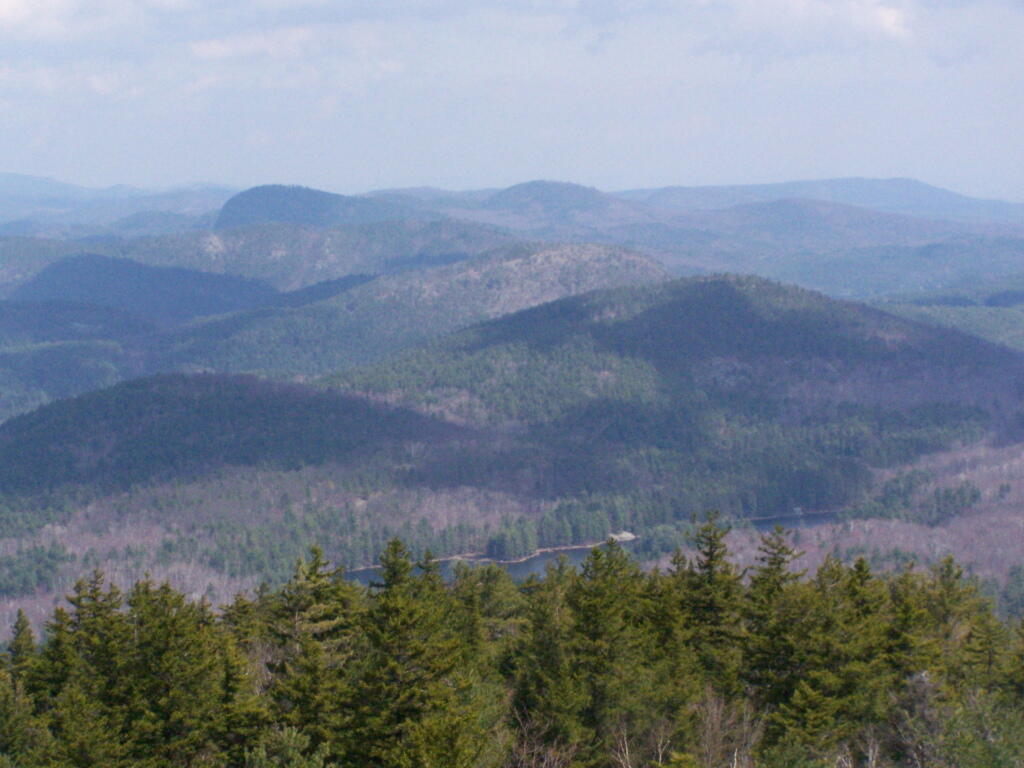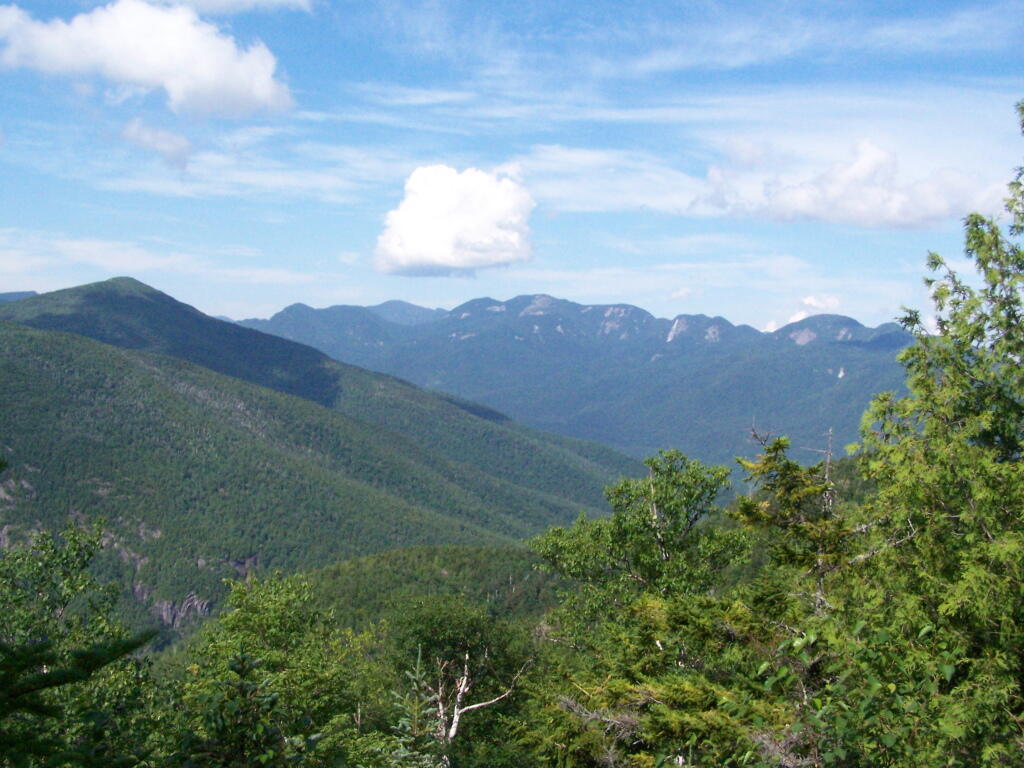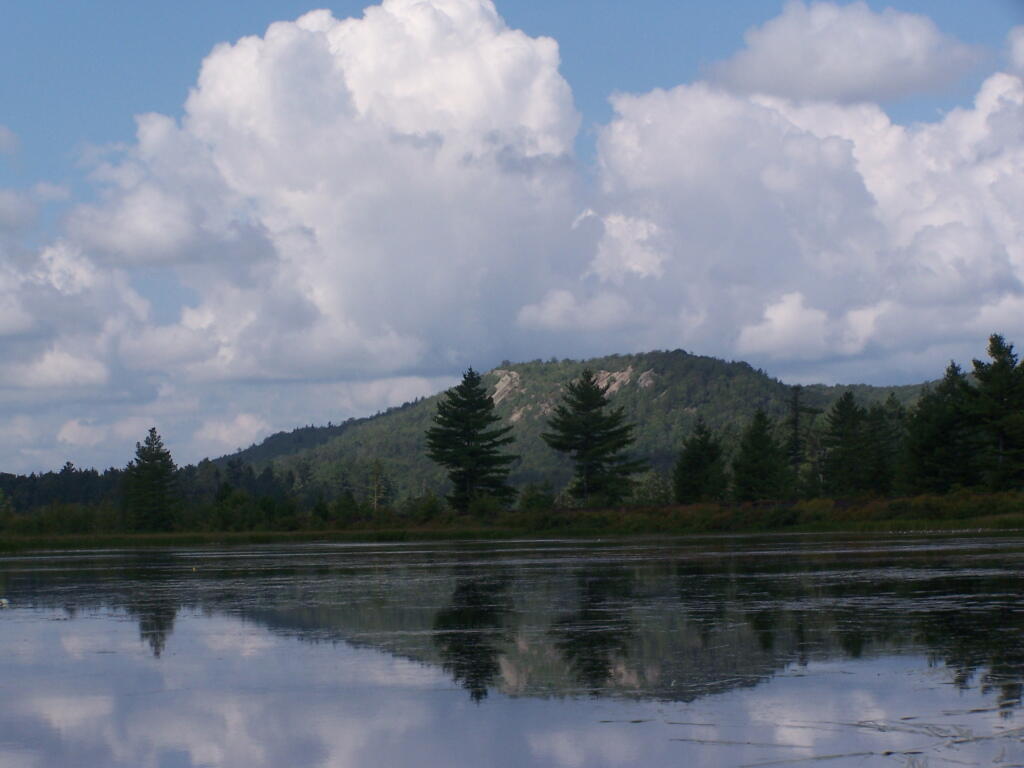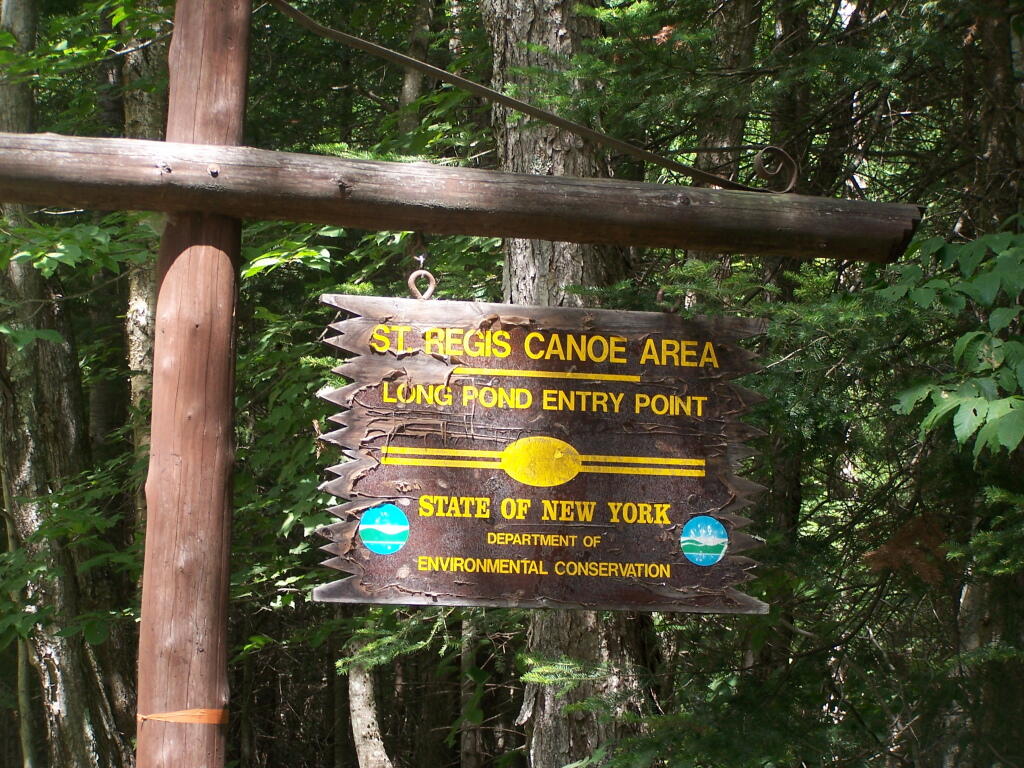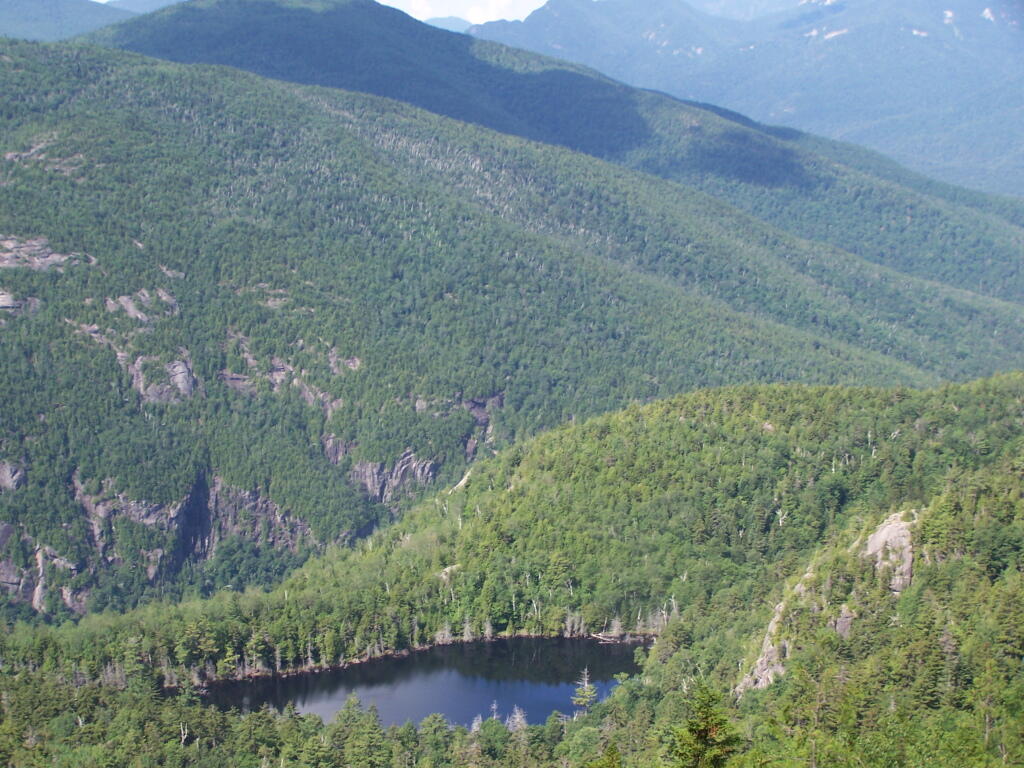Today’s fodder is based on the text of as Adirondack Park Land Acqusition Policy, as described in the Adirondack Park State Land Master Plan. I added the headings and pictures to make it more readable. — Andy
The Agency has an important interest inr future state land acquisitions since they can vitally affect both private and public land within the Adirondack Park. As a result the Agency recommends that the following guidelines should govern future acquisitions of state lands within the Park…
State Should Only Acquire
Adirondack Park Land for Forest Preseve.
1. Future state acquisitions within the Adirondack Park should generally be restricted to the acquisition of forest preserve lands. Where special state purposes are such that non-forest preserve land might be acquired (if such acquisitions are constitutionally permissible) the amount acquired for other than forest preserve purposes should be kept to the minimum necessary. Thus, should the state acquire a 100-acre tract on which it wished to place a hospital, a prison, an office building or another facility only that part of the tract, say twenty-five acres, that is actually necessary for the facility should be classified as non-forest preserve.
Reasons Not To Acquire Land.
2. As a general guideline, the state should avoid acquiring lands for non-forest preserve purposes (if such acquisitions are constitutionally permissible) within the Park where:
— the tract is not contiguous to a public highway; or,
— the tract is of a native forest character, i.e., stocked with any size, native tree species with twenty-five percent crown cover (plantations are not considered to be native forest land); or,
— the tract involved consists of more than 150 acres; or,
— the tract is contiguous to existing forest preserve land; or,
— the tract is within one-half mile of a block of forest preserve land of over 1,000 acres; or,
— the tract lies at an elevation greater than 2,500 feet; or,
— the proposed use of the tract will materially alter the surrounding environment; or,
— the tract is of significant scenic, ecological or geologic value or interest.
New Intensive Uses Should Be Restricted
to Private Companies and Individuals.
3. Save for (i) the two existing alpine skiing centers at Whiteface and Gore mountains and the Mt. Van Hoevenberg area; (ii) rustic state campsites, a long accepted intensive use of the forest preserve; (iii) visitor information centers, memorial highways, beaches and boat launching sites; and (iv) historic areas (guidelines for which are provided elsewhere in this master plan), the state should rely on private enterprise to develop intensive recreational facilities on private lands within the Park, to the extent that the character of these lands permits this type of development, and should not acquire lands for these purposes.
Lands Most Desirable to Add to Forest Preserve.
4. Highest priority should be given to acquiring fee title to, fee title subject to a term of life tenancy, or conservation easements providing public use or value or rights of first refusal over,
(i) key parcels of private land, the use or development of which could adversely affect the integrity of vital tracts of state land, particularly wilderness, primitive and canoe areas and
(ii) key parcels which would permit the upgrading of primitive areas to wilderness areas.
Preference for Consolidation of State Parcels of Land.
5. High priority should also be given to acquisitions of fee title which permit the consolidation of scattered tracts of state land.
Protection of Deer Wintering Habitats.
6. Fee title or appropriate conservation easements should also be acquired to protect critical wildlife areas such as deer wintering areas, wetlands, habitats of rare or endangered species or other areas of unique value, such as lands bordering or providing access to classified or proposed wild, scenic and recreational rivers.
Protection of Scenic Vistas.
7. Efforts should be made, by conservation easement or fee acquisition, to protect the major scenic resources of the Park along travel corridors, with particular attention to the Adirondack Northway and those scenic vistas specifically identified on the Private Land Use and Development Plan Map and listed in Chapter III of this document.
Obtaining Right-of-Ways to Public Lands.
8. The acquisition of fee title to or rights-of-way across private lands that effectively prevent access to important blocks of state land should be pursued, except where such acquisition would exacerbate or cause problems of overuse or inappropriate use of state lands.
Obtaining Canoe water Right-of-Ways.
9. Canoe route easements should be purchased to reopen Adirondack canoe routes for non-motorized access in appropriate areas of the Park.
Obtaining Fishing Right Easements.
10. The highly successful fishing rights easement purchase program of the Department of Environmental Conservation should be continued and expanded on appropriate streams.
Avoid Purchases of Highly Productive Timber Stands,
Consider Conservation Easements for Timber Stands.
11. Due to the importance of the forest products industry to the economy of the Adirondack region, bulk acreage purchases in fee should not normally be made where highly productive forest land is involved, unless such land is threatened with development that would curtail its use for forestry purposes or its value for the preservation of open space or of wildlife habitat. However, conservation easements permitting the continuation of sound forest management and other land uses compatible with the open space character of the Park should be acquired wherever possible to protect and buffer state lands.
Adirondack Park Agency Prohibited from Reviewing Land Purchases Prior to Purchase.
While the Agency has not been given authority to review proposed acquisitions before title has vested in the state, once new lands have been acquired the Act requires the master plan to be revised by classifying the lands and setting guidelines for their management and use pursuant to the statutory procedures (consultation with the Department of Environmental Conservation and submission to the Governor for approval). The following procedures for revisions of the master plan will be followed in connection with new acquisitions:
— land acquisitions should be classified as promptly as possible following acquisition and in any case classification of new acquisitions will be done annually; and,
— prior to classification by the Agency, lands acquired by the Department of Environmental Conservation or any other state agency will be administered on an interim basis in a manner consistent with the character of the land and its capacity to withstand use and which will not foreclose options for eventual classification.

